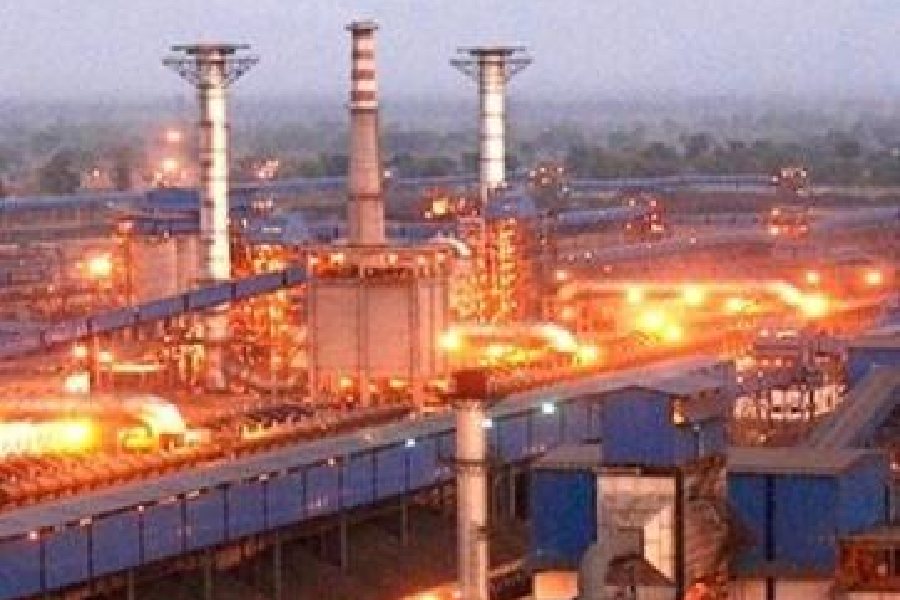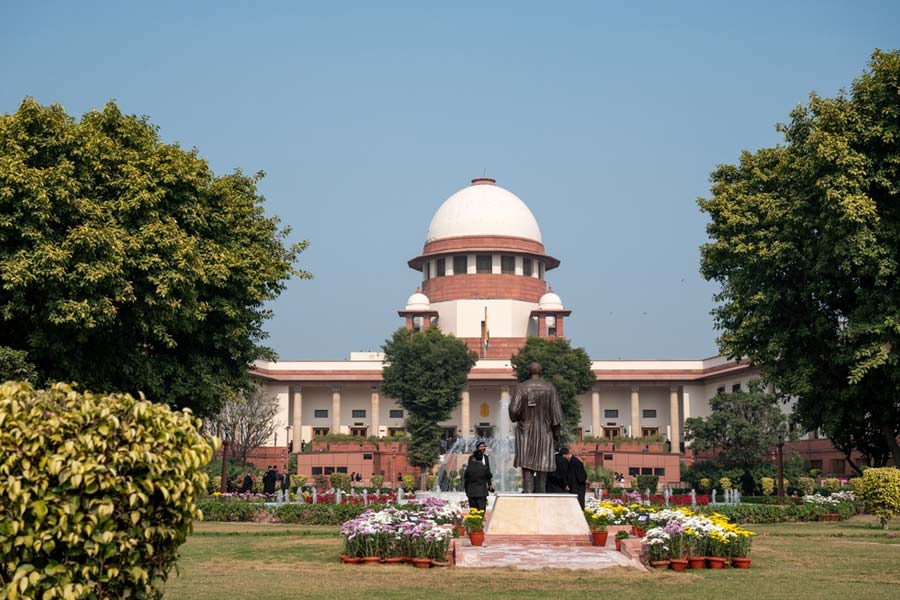The Union government on Monday said that there is a need for a “serious look” at the implications of a landmark Supreme Court judgment which has set aside the ₹19,350 crore resolution plan of JSW Steel for Bhushan Power & Steel Ltd (BPSL) and ordered liquidation of the latter.
“I have already reviewed the order with all the lenders. We’ve assessed the judgment, consulted our legal advisers, and now the government is considering how to proceed. A final decision will be taken shortly,” M. Nagaraju. secretary in the department of financial services (DFS), told reporters on the sidelines of the listing of the country’s maiden residential mortgage-backed securities on the NSE in Mumbai.
DFS is the wing of the finance ministry covering the functioning of banks and financial institutions.
On Friday, a Supreme Court bench comprising Justice Bela Trivedi and Justice Satish Chandra Sharma rejected JSW Steel’s bid to acquire BPSL, citing delay in implementation of the resolution plan and for failing to make upfront payment within stipulated time as laid out in the plan. The apex court has also ordered that financial creditors return the payments made by JSW and equity contributions made later in BPSL to be returned within two months.
State-owned lenders such as State Bank of India (SBI) and Punjab National Bank (PNB) are the lead creditors to BPSL. Both the lenders and JSW Steel have the option to file a review petition challenging the court’s decision.
The apex court ordered that the financial creditors return the payments made by JSW and equity contributions made it later in BPSL to be returned within two months. Industry warned that the process of unwinding would be far from easy.
“There are several legal options available, and we will disclose our approach once a path is finalised,” Nagaraju assured.
Legal circles have observed that the judgment has wider ramifications, as BSPL has been put to liquidation four years after its corporate insolvency process was over. They were worried that prospective resolution applicants may shy away from going aggressive in picking up stressed assets from insolvency court fearing uncertainty.
Banks have arguably benefited from Insolvency and Bankruptcy Code which came into effect December 1, 2016, recovering over 31 per cent of admitted claim being recovered, and over 160 per cent of liquidation value. There is a risk that tap may run dry unless corrective measures are not taken.











